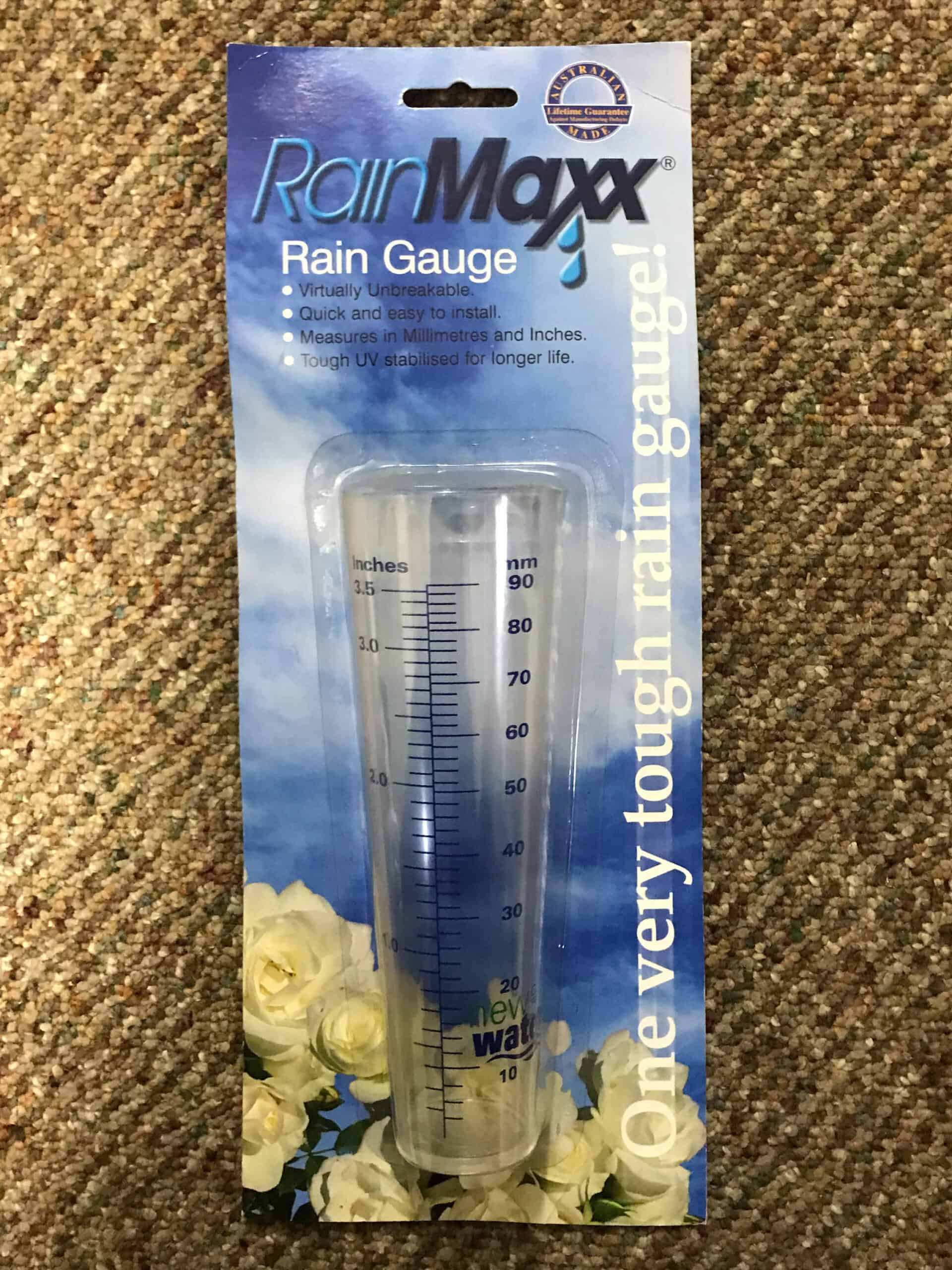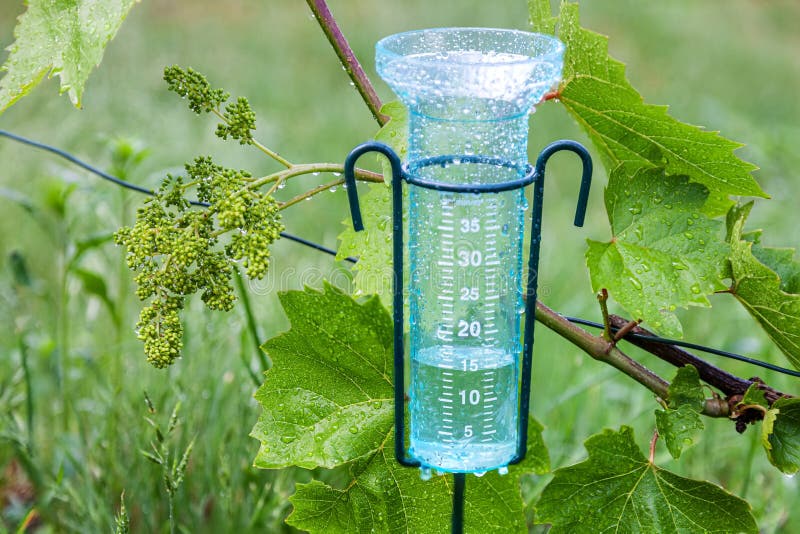Checking Out the Advancement of Rainfall Evaluates: From Standard to Smart Instruments for Enhanced Precision in Rainfall Dimension
The measurement of rainfall has been a fundamental aspect of meteorology for centuries, shaping our understanding of weather condition patterns and climate patterns - rain gauge. From the early hand-operated rain assesses to the much more recent introduction of clever devices, the evolution of rain measurement tools has been a journey marked by development and precision. By tracing the developments in rain scale modern technology from typical versions to the sophisticated clever gadgets of today, we can acquire important insights into exactly how these advancements have transformed the way we collect and assess rains data
Early Manual Rain Evaluates
During classical times, fundamental vessels were utilized to determine rainfall by hand, marking the early beginnings of rain gauges. These very early rainfall evaluates were simple containers positioned in open locations to gather rainwater. The accumulated water was then manually measured using markings on the container to determine the quantity of rainfall that had actually happened within a particular duration.
Although these manual rain determines worked in providing a fundamental understanding of rains patterns, they were limited in precision and accuracy. Aspects such as wind, evaporation, and splilling could impact the dimensions, leading to prospective errors in the tape-recorded information.

Despite their limitations, early hand-operated rainfall gauges played an essential function in the advancement of a lot more innovative rainfall dimension tools. The concept of gathering and determining rainfall laid the foundation for the development of advanced rainfall assesses that used scientific principles to supply even more precise and reliable information. This evolution inevitably brought about the growth of modern-day rain assesses efficient in catching accurate dimensions in numerous ecological conditions.
Development of Mechanical Rain Scales
The development from early hands-on rain assesses to much more advanced mechanical rainfall dimension gadgets marked a considerable leap in the evolution of rainfall scale innovation. Mechanical rain gauges, additionally referred to as tipping bucket rain gauges, operate a basic yet efficient principle. These tools consist of a channel that gathers rainwater and channels it right into a small seesaw-like device - rain gauge. As the rain fills one side of the device, it ideas, causing the water to be cleared out, and all at once taping the amount of rains. This style permits for automated measurements, making it a lot more precise and reliable contrasted to manual approaches.
Mechanical rainfall evaluates are generally constructed from durable materials like stainless steel or plastic, guaranteeing long life and reliability even in rough climate condition. With developments in technology, contemporary mechanical rain determines can also be outfitted with digital sensing units to transfer real-time information wirelessly to information collection systems. This combination of mechanical toughness and digital connection has made mechanical rainfall evaluates a prominent option for atmospheric terminals, research organizations, and farming applications where precise rainfall measurements are critical for decision-making procedures.
Intro of Electronic Rain Gauges

Electronic rainfall evaluates deal significant advantages over traditional mechanical assesses, including greater precision, the ability to gauge smaller increments of rains, and reduced upkeep requirements. By leveraging electronic parts like tipping containers or acoustic sensors, these tools can offer thorough details on rainfall strength, period, and distribution patterns with boosted reliability.
Moreover, the combination of electronic rainfall evaluates right into weather surveillance networks allows the collection of huge quantities of data for evaluation and projecting purposes. This data can be made use of to boost predictive designs, improve very early warning systems for serious weather condition occasions, and support climate research study campaigns. Overall, the introduction of digital rainfall gauges represents a critical advancement in the field of meteorology, assisting in a lot more extensive and exact rains dimension capacities.
Transition to Wireless Rain Evaluates
Advancing beyond conventional techniques, atmospheric instrumentation has actually gradually changed in the direction of wireless rain determines for enhanced data collection and transmission. These innovative devices utilize wireless technology to transmit real-time rainfall information to centralized systems, using meteorologists and scientists instant accessibility to precise and trustworthy details. The shift to wireless rain gauges removes the demand for hands-on data collection, reducing human error and boosting performance in monitoring rainfall patterns.
Wireless rainfall evaluates are geared up with sensors that can detect even the least quantity of rainfall, providing specific dimensions for much better analysis and projecting. The seamless assimilation of these assesses into existing weather surveillance networks permits for detailed data collection throughout different geographical areas, allowing a more thorough understanding of rains distribution and strength.
Furthermore, the cordless capability of these rain determines allows remote surveillance in hard-to-reach or dangerous locations, broadening the extent of rainfall dimension in challenging atmospheres. With their ability to enhance data transmission and boost accuracy, cordless rainfall evaluates stand for a significant innovation in meteorological innovation, boosting the precision and dependability of rains dimension for clinical research and operational projecting.
The Era of Smart Rain Assesses
Emerging as a crucial innovation in meteorological instrumentation, smart rainfall determines integrate innovative modern technology for enhanced data collection and evaluation. These cutting-edge devices are geared up with sensors that can determine not just the quantity of rainfall but likewise added parameters such as intensity, period, and even drop size circulation. By leveraging cordless connection, clever rain gauges can transfer real-time data to meteorological terminals, providing immediate access to accurate rainfall measurements.
Among the crucial features of smart rainfall gauges is their ability to autonomously adjust for environmental elements that may affect the accuracy of conventional rain evaluates, such as wind interference or evaporation. This self-correction mechanism makes sure that the information gathered is a lot more trusted and regular, bring about boosted projecting try these out designs and better-informed decision-making in different click this link industries like agriculture, water source monitoring, and city preparation. The assimilation of synthetic intelligence and equipment discovering algorithms in clever rain determines enables for advanced information analysis, pattern recognition, and projecting capabilities, better improving their energy in contemporary meteorology.
Verdict

From the early manual rain gauges to the more recent introduction of smart tools, the advancement of rain dimension tools has been a journey marked by innovation and precision.The development from very early hands-on rain evaluates to much browse around this web-site more advanced mechanical rain dimension devices marked a substantial jump in the advancement of rainfall gauge technology. Mechanical rain determines, additionally understood as tipping bucket rain gauges, run on a straightforward yet reliable principle.One of the essential attributes of smart rainfall assesses is their capability to autonomously adjust for ecological aspects that may affect the precision of conventional rain determines, such as wind disturbance or dissipation.In final thought, the evolution of rainfall evaluates has actually advanced from early hand-operated gadgets to mechanical and electronic models, inevitably leading to the advancement of wireless and wise rain determines.